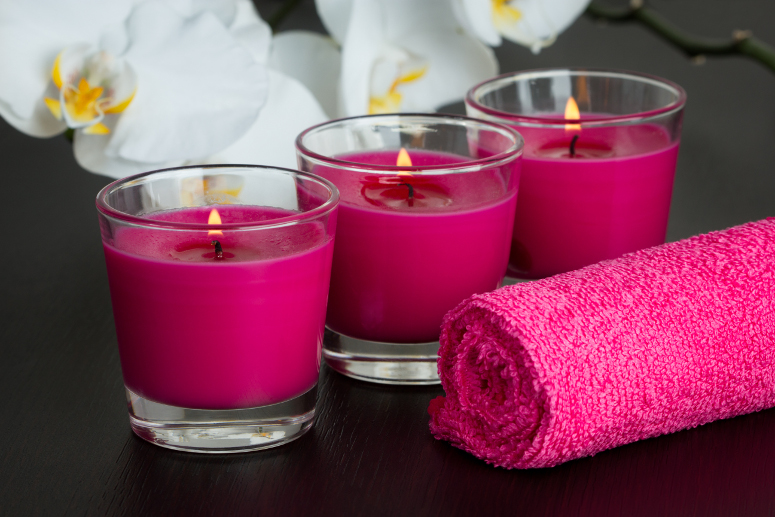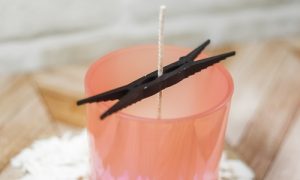I just got of the phone with my Soy Wax supplier and I am in shock. Total shock. Our cost has recently gone up a bit each time we have ordered our Soy Wax over the last six months, and knowing there was a drought in the areas of the South last year, we assumed that the rising cost was related to the drought. Boy, was I wrong!
I learned today that the cost of Soy Wax is going up and will continue to go up, because the FDA has passed regulations requiring the food industry to eliminate all hydrogenated and partially hydrogenated products by 2018. What does this mean for candle and soap makers? It means we are going to see our Soy Wax, Cotton Wax, Soy Shortening, and any other hydrogenated or partially hydrogenated products go up, up, and up.
The manufacturers of these hydrogenated products have relied heavily on business from food service. Now that these products are close to being eliminated in food service, the manufacturing facilities are having to re-tool their production to comply with FDA regulations and shift emphasis to more profitable products. This means their costs are going up, which means they will charge more for their products.
At the same time, sales for these manufacturers are shrinking because food service can’t buy these products anymore. So guess who gets to bear the burden of the price increases?! You guessed it! The remnant of users of these products are candle makers, soap makers, and any other industrial, non-food customers. We (and our customers) will absorb the cost of these new government regulations. I hate to be all gloom and doom, but this is real and it’s starting NOW.
So what good news can I give you?
- The good news is that the elimination of hydrogenated oils in the food industry means that we will likely be a healthier, and hopefully thinner, society. In addition, the waxes that you love will still be available so there is no need to panic.
- Let’s face it, soy candle lovers aren’t going to quit buying your soy candles just because your price increases a little bit. They LOVE your products.
- Increases will be gradual, so luckily we will not have to absorb these changes all at once! Just make sure you are staying tuned.
- For soap makers, the news is not so bad. Odds are good that if you are using vegetable shortening, you can easily substitute another oil for that shortening, if you choose. However, for most soapers shortening is only a small percentage of their oils, so costs will not rise much per bar.
4 Things To Keep In Mind as the impact of these regulations begins to trickle down to us:
- There will likely be new blends of waxes commercially available in response to these changes in the industry. This is exciting! There may be new things for us to try! We may even stumble upon something that is BETTER than what we are doing now. The important thing is to keep an open mind.
- Be prepared to adjust your prices, and check pricing on your wax regularly so that you can be sure you are charging enough for your products.
- Using blended waxes may become a very appealing option. If this is an option for you, keep tabs on prices of a variety of waxes (not just soy) so that you can take advantages of savings that might be possible by blending waxes. Right now Soy Wax is still very affordable compared to other waxes, but that situation could change.
- Whether you purchase from Community Candle Supply or some other company, please understand that your suppliers do not WANT to raise prices, and sometimes we even make decisions to accept a reduction in profit on some items to be competitive, but there are times that we simply have no choice.




